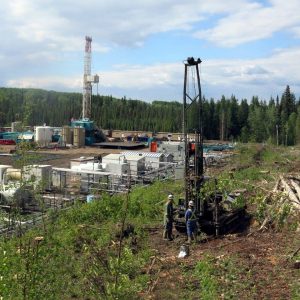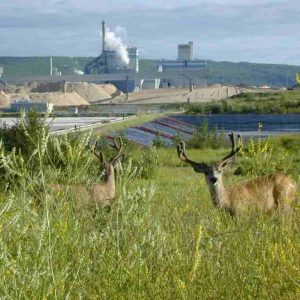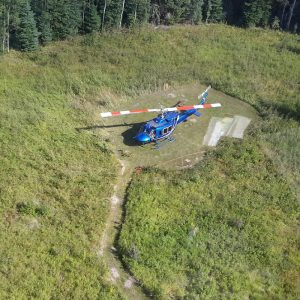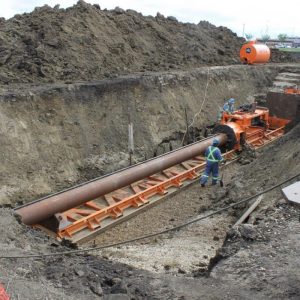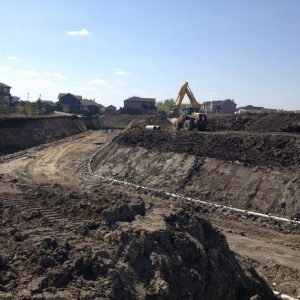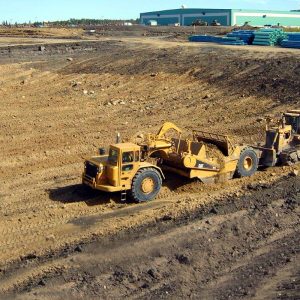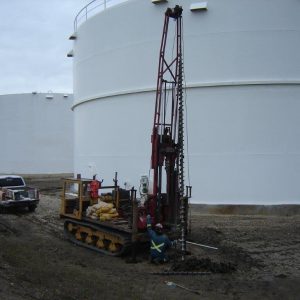JR Paine offers a suite of environmental consulting services with a team of engineers, geo-scientists, and specialists with the experience to guide our clients through each phase of assessment, approvals, and permitting.
Environmental assessments address brownfield and greenfield development, construction and infrastructure projects, building restoration or demolition, and commercial and industrial developments. Our team has proven capabilities to complete environmental site assessments, environmental engineering, and environment restoration.
Our team has conducted numerous Phase I/II/III Environmental Site Assessments (ESA). Phase I ESA studies consists of historical reports and records reviews, owner/operator interviews, site reconnaissance, and other research to identify potential or existing environmental concerns. Should environmental concerns be discovered, often a Phase II ESA is undertaken to assess any impact and nature of contamination with the collection of soil, groundwater, and sediment samples for applicable contracted laboratory testing. Contamination concerns may require a Phase III ESA delineation study to assess the depth or spread of contamination, and evaluation of remediation methods and options, costs, and feasibility of site cleanup.
Environmental Site Assessments (Phase I ESA)
The common reasons for a Phase I ESA relate to real property issues in the cases of current owner interest in the property history, purchase, or transfer of property ownership, mortgages, or lending, and redistribution of property ownership
Other purposes for a Phase I ESA include planned site work or construction, land use permitting with a public agency, order from a regulatory agency suspicious of toxic conditions, and an environmental clearance for property divestiture
Environmental Site Assessments (Phase II ESA)
Depending on the results of the Phase I ESA, Phase II work could include surface and sub-surface soil analysis, or groundwater analysis, or installing monitoring wells, or indoor air sampling, mold sampling, asbestos sampling, lead sampling, etc.
Other test that may be performed include sampling of drums or tanks onsite, sampling of dry wells, floor drains and catch basins, transformer/capacitor sampling for Polychlorinated Biphenyls (PCBs), and geophysical testing for buried tanks or structures
Environmental Site Assessments (Phase III ESA)
When the results of a Phase II ESA shows site contamination, or a need for further study, or if a cleanup is requested by an agency or a responsible party, a Phase III ESA for site characterization, risk assessment, or remediation may be needed
A Phase III ESA should allow parties involved to develop a plan of remediation, which needs to have the approval of local, provincial, and federal environmental agencies with the scope of options for all parties, and time and costs involved with cleanup
Environmental Remediation
Remediation deals with the removal of contaminants from soil, groundwater, sediment, or surface water once requested by a government authority, immediate action should be taken as this can impact negatively on human health and the environment
Remedial action is generally subject to an array of regulatory requirements, and also can be based on assessments of human health and ecological risks where no legislated standards exist or where standards are advisory
JR Paine’s team of environmental specialists, geo-scientists, and specialists are familiar with Provincial and Territorial environmental legislation that sets out clear rules and obligations for the protection, enhancement and wise use of the environment.


